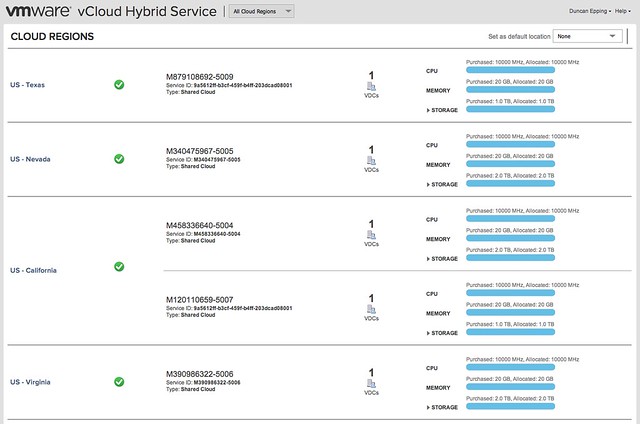I hardly ever do this, posting people to a blog post… I was going through my backlog of articles to read when I spotted this article by my colleague Chuck Hollis. I had an article in my draft folder on the subject of web scale myself. Funny enough it so close to Chuck’s that there is no point in publishing it… rather I would like to point you to Chuck’s article instead.
To me personally, the below quote captures the essence of the article really well.
If you’re a web-scale company, IT doesn’t just support the business, IT is the business.
It is a discussion I have had on twitter a couple of times. I think Web Scale is a great concept, and I understand the value for companies like Google, Facebook or any other large organization in the need of highly scalable application landscape. But the emphasize here is on the application and its requirements, and it makes a big difference if you are providing support for hundreds if not thousands of applications which are not build in-house. If anyone tells you that because it is good for Google/Facebook/Twitter it must be good for you, ask yourself what the requirements are of your application. What does your application landscape look like today? What will it look like tomorrow? And what will be your IT needs for the upcoming years? Read more in this excellent post by Chuck, and make sure to leave a comment! Dear Clouderati Enterprise IT is different…
